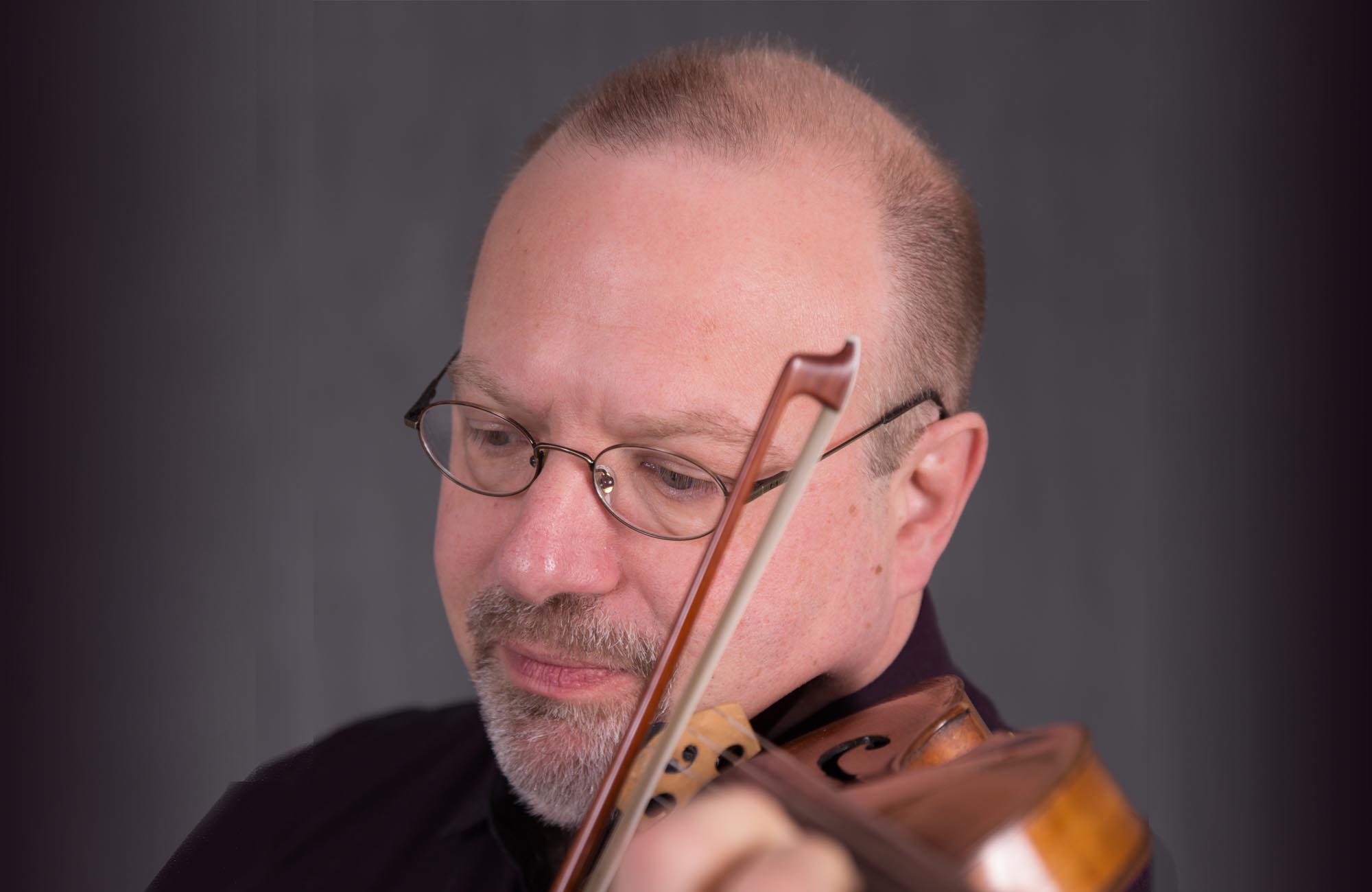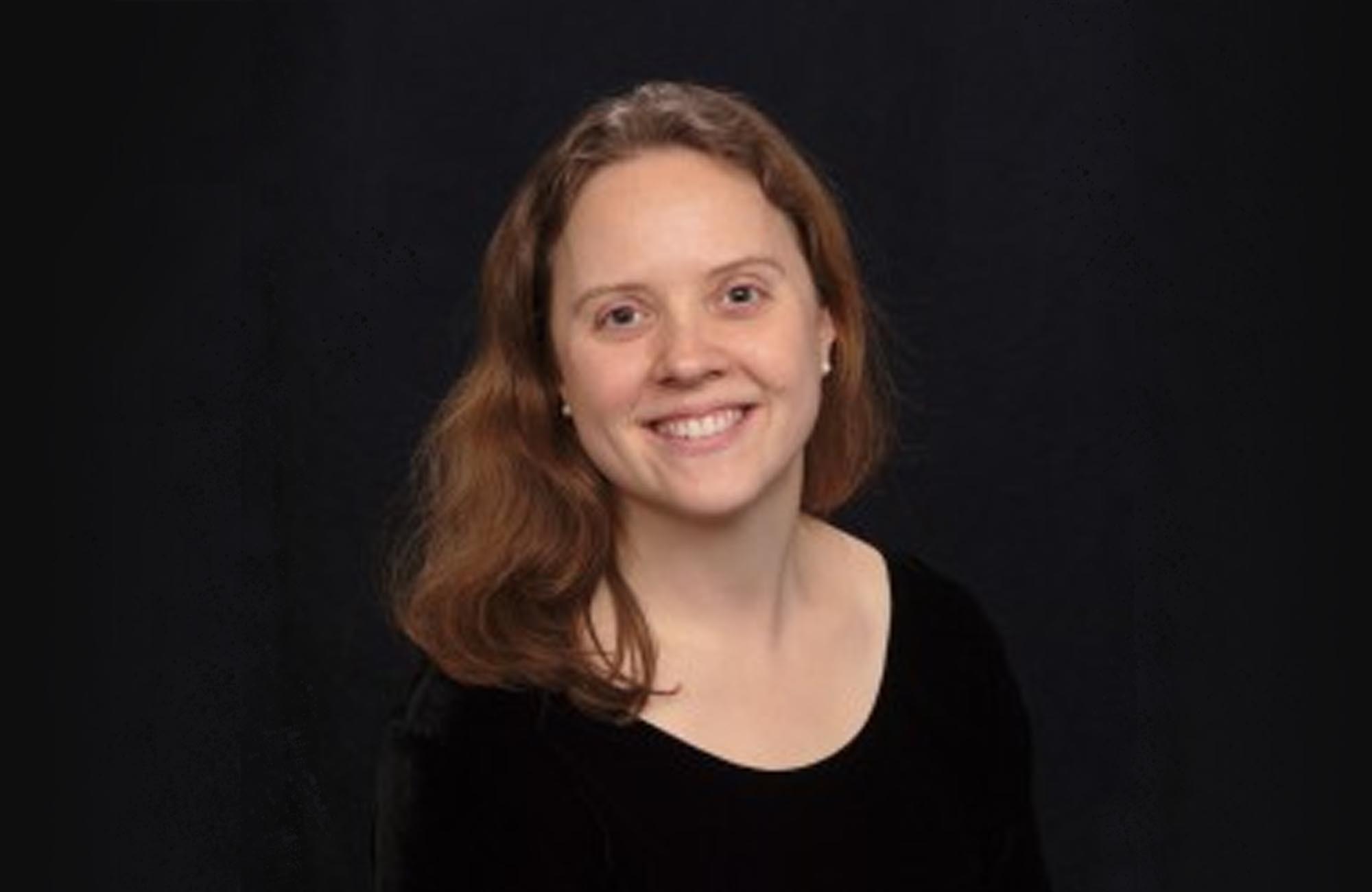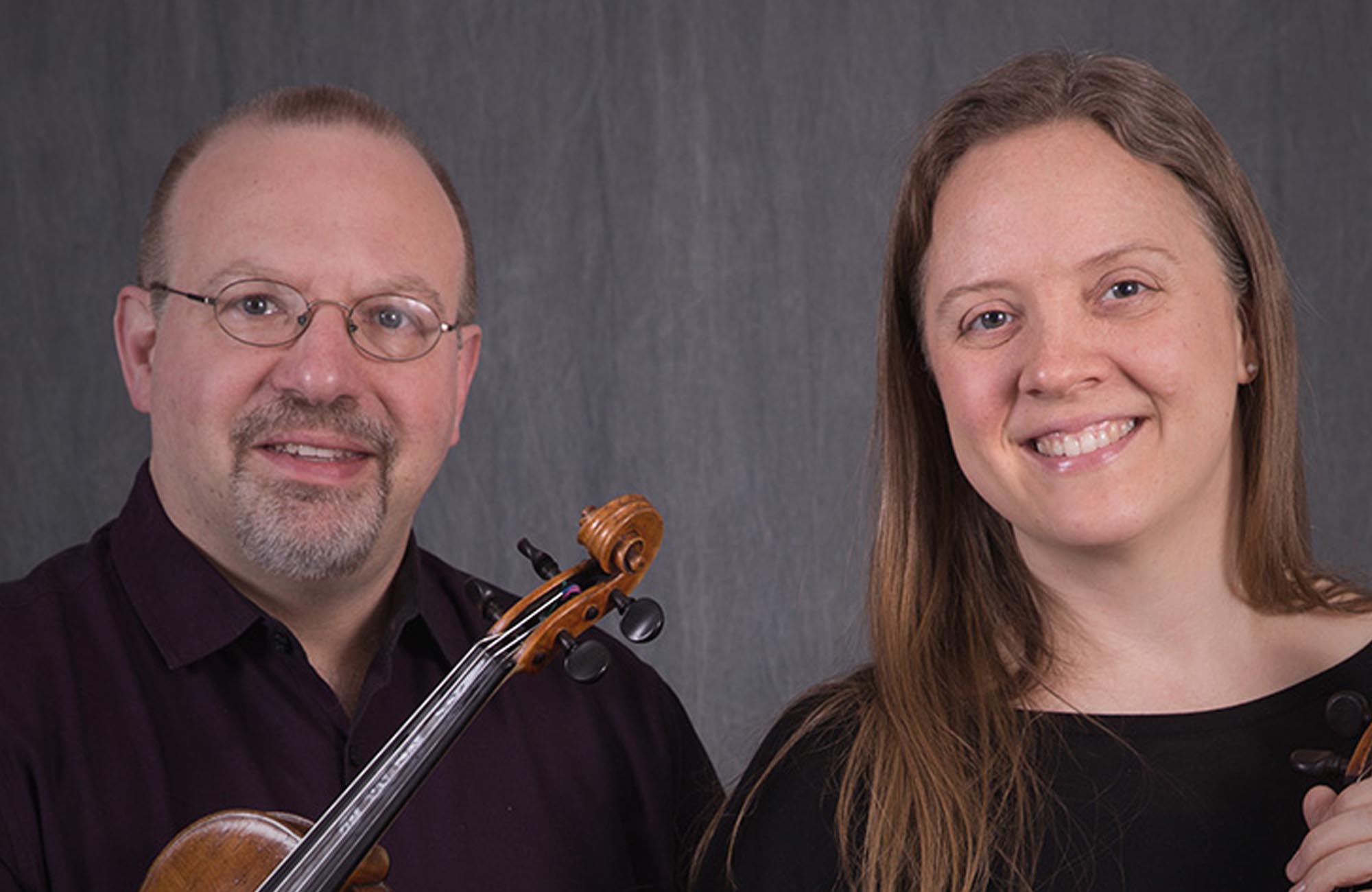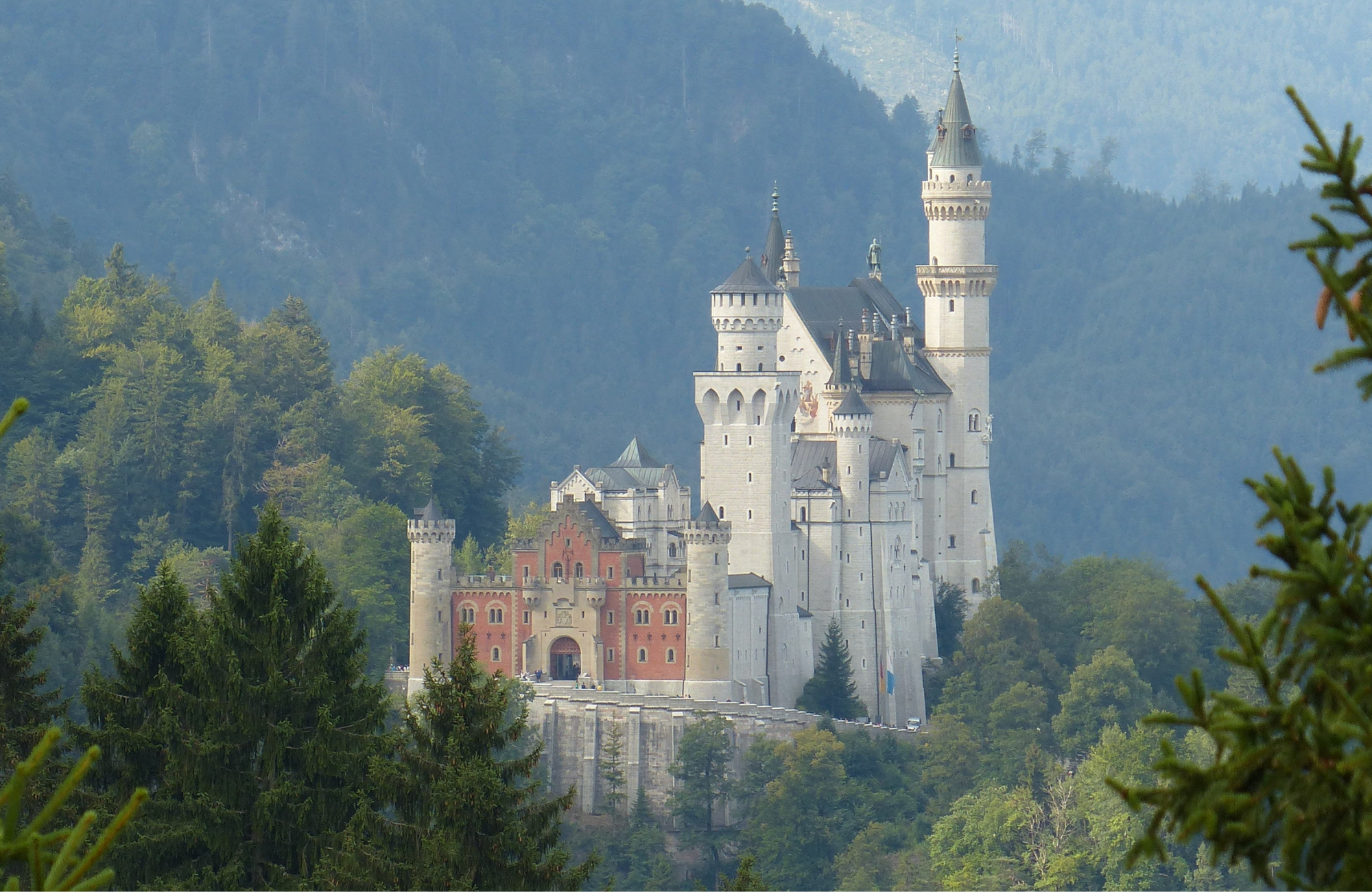Featuring Beethoven’s cheerful Symyphony No. 4, and Symphoria musicians Arvilla Wendland and Peter Rovit in Mozart’s delightful Sinfonia Concertante.
PROGRAM
BEETHOVEN: Fidelio: Overture, op.72c ![]()
MOZART: Sinfonia concertante, K.364 (320d), E-flat major ![]()
BEETHOVEN: Symphony No.4, op.60, B-flat major ![]()
PLEASE NOTE: This program will also be presented by Geneva Concerts at 7:30PM on February 29th at Smith Opera House in Geneva, NY. More information can be found HERE.
PROGRAM NOTES
Concertos for multiple soloists and orchestra—often in the form of a concerto grosso—were common during the baroque period. The genre slowly died out in the classical and especially the romantic periods, in part because the virtuoso model of the heroic individual soloist battling the orchestra became increasingly suited to the spirit of the times. Still, there are a number of post-baroque examples, and one of the greatest of them is the Sinfonia concertante for Violin, Viola, and Orchestra, K. 364, by Wolfgang Amadeus Mozart (1756–1791).
It was composed in 1779, at a slightly bitter time in Mozart’s ...
Concertos for multiple soloists and orchestra—often in the form of a concerto grosso—were common during the baroque period. The genre slowly died out in the classical and especially the romantic periods, in part because the virtuoso model of the heroic individual soloist battling the orchestra became increasingly suited to the spirit of the times. Still, there are a number of post-baroque examples, and one of the greatest of them is the Sinfonia concertante for Violin, Viola, and Orchestra, K. 364, by Wolfgang Amadeus Mozart (1756–1791).
It was composed in 1779, at a slightly bitter time in Mozart’s life, when he returned to Salzburg after a failed attempt to find better employment in Paris. Mozart was, however, not one to whine—at least in his music; and this is easily the most self-assured concerto he had written up to that time. It’s a true double concerto where, as viola soloist Arvilla Wendland puts it, “the interactions are seamless” in such a way that the two soloists emerge as absolute equals. “The two solo instruments play exactly the same material, too, except in the cadenzas”—although Mozart takes pains to switch things up. Thus, says Arvilla, “if one plays the first part of a phrase and the other finishes, in the recap it’s the opposite.” If that back and forth reminds you of an “operatic dialogue,” says concertmaster Peter Rovit, well that’s typical of the vocal way Mozart often treats solo instruments.
The Sinfonia concertante is in the key of E-flat Major, generally a rather bold key for Mozart—and the outer movements are confident and grand. The heart of the concerto, though, is the sublime middle movement. As Arvilla puts it, “Those harmonies at the opening of the second movement are so dark”—enriched by Mozart’s decision to write for divided violas (as he does in his string quintets), which “brings so much richness to the inner voices, thickening the harmonies and drawing the listener in.” Peter agrees: “Mozart is usually so sparkling, so when he does plumb the depths it’s all the more affecting.” Peter and Arvilla are especially gratified to be playing the work with their colleagues in Symphoria: there’s room for far more subtle interaction with the orchestra, since they’ve “played chamber music with half the people on the stage.”
The Mozart comes between two middle-period works by Ludwig van Beethoven (1770–1827)—whose 250th anniversary is being commemorated by six Symphoria concerts this season and next. First is the overture to Fidelio, Beethoven’s only opera. The opera—which centers on a woman who disguises herself as a man in order to rescue her husband, a political prisoner—stands, along with such works as the Ninth Symphony, as one of Beethoven’s great tributes to human liberty. Beethoven, though, had a lot of trouble getting the opera into shape. The first version, under the title Leonore, was composed in 1805. It took a decade of revision, however, before it showed up in the form in which it’s now known. Particularly problematic was the overture. The first three versions (known as the Leonore Overtures Nos. 1, 2, and 3—although they were not composed in that order) were all sensational pieces, but they didn’t work as an introduction to the opera, in part because they’re too long and emotionally draining (especially Nos. 2 and 3), even more because they don’t match the opera’s unconventional plot trajectory. Fidelio begins lightly, almost as a comic opera, with the kind of gender confusion that marks so many farces. It moves slowly to high drama (the suspense in the rescue scene is palpable), before exploding in an infectious celebration as the prisoners are released. The Leonore Overtures, in a sense, presaged the ending instead of introducing the initial situation. The Fidelio Overture is less massive—and it sets up the opening of the opera more successfully.
After intermission, we have Beethoven’s Symphony No. 4, composed in 1806, during the years when he was rethinking Fidelio—and it has a similar kind of wide-ranging character. That character, however, is not always recognized. Conventional wisdom often suggests that listening to music puts us in direct communication with the composer. In practice, though, the way we consider (and even experience) a piece of music is influenced by the contexts surrounding it—which include, among other things, the immediate context of the other works on the program, the broad historical information that we bring to it, and even the catchphrases that have been attached to it. In the case of the Fourth, our understanding and appreciation have been thwarted by an epigram penned by Robert Schumann. Noting that it stands between the “Eroica” Symphony and the Fifth, he wittily described it as a “slim Greek maiden between two Norse giants.” Schumann may have been a great music critic, and was certainly a great composer—but he was way off the mark here. Still, the image is so memorable that the mischaracterization has defined the symphony for many listeners over more than a century and a half.
In fact, though, it’s just as radical as the siblings that flank it—it’s just that, as conductor Larry Loh puts it, it offers “a different way of being revolutionary.” For example, the slow introduction—so different in spirit from the hammer blows that open the Third and Fifth—might appear “to be looking back. But it’s not at all Mozartian. Rather, the opening is so subtly adventurous with its quiet sustain, its shifting harmony”—and its minor-key cast. What does it prepare us for? Well, if it its shifting harmonies promise a work where anything can happen, the symphony that follows surely delivers. It’s got a brisk, high spirited first movement, followed by an Adagio that Hector Berlioz (who had his own way of being revolutionary) called “irresistibly tender” and a surprisingly knockabout scherzo (anachronistically called a “minuet”) with tremendous syncopated kick. And if you’re looking for sheer Beethovenesque thrills, the finale will meet your needs.
Peter J. Rabinowitz
Have any comments or questions? Please write to me at prabinowitz@ExperienceSymphoria.org
FEATURED ARTISTS

Violinist Peter Rovit (BM, Indiana University; MM, Hartt School; Professional Studies, Juilliard; DMA, SUNY Stony Brook) was among the last students of Josef Gingold at Indiana University where he also studied Baroque violin with Stanley Ritchie. Other teachers have included Mitchell Stern, Philip Setzer (Emerson Quartet), Cho-Liang Lin, Paul ...
Violinist Peter Rovit (BM, Indiana University; MM, Hartt School; Professional Studies, Juilliard; DMA, SUNY Stony Brook) was among the last students of Josef Gingold at Indiana University where he also studied Baroque violin with Stanley Ritchie. Other teachers have included Mitchell Stern, Philip Setzer (Emerson Quartet), Cho-Liang Lin, Paul Kantor and Donald Weilerstein. As a chamber musician, recitalist, and soloist he has performed throughout the United States and at music festivals such as Aspen, Taos, Yellow Barn, Hot Springs, Skaneateles, and Musical Spring in Saint Petersburg (Russia). A concerto competition winner at both the Hartt School and at SUNY Stony Brook, Mr. Rovit has also performed as a soloist with the Montgomery Symphony, the Fort Smith Symphony, the Oklahoma City Philharmonic, and the Tuscaloosa Symphony. He was a recipient of the prestigious Montgomery Symphony Violin Fellowship, has been a member of the Quartet Oklahoma, Associate Concertmaster of the Oklahoma City Philharmonic, and Concertmaster of the Tuscaloosa Symphony.
Mr. Rovit also loves to share his knowledge and experience with young musicians and has been on the string faculty of the University of Oklahoma and the University of Alabama. His students have gone on to study at such schools as Juilliard and Rice, and have won positions in professional orchestras, as well as the Chicago Civic Orchestra.
In his spare time, he enjoys reading, gardening, cooking, and finding imaginative ways to cook up those garden vegetables so that his children will eat them. Since having moved to Syracuse, he and his family have also enjoyed getting involved in winter sports such as snowshoeing, skating, and skiing.

Arvilla Wendland earned Masters and Bachelors of Music degrees from the Juilliard School where she studied with Heidi Castleman, Misha Amory and Hsin-yun Huang. Upon graduating she was awarded the Drs. Norman Roland and Marilyn Pearl Special Achievement Award.
A recipient of the Kay Logan Chamber Music ...
Arvilla Wendland earned Masters and Bachelors of Music degrees from the Juilliard School where she studied with Heidi Castleman, Misha Amory and Hsin-yun Huang. Upon graduating she was awarded the Drs. Norman Roland and Marilyn Pearl Special Achievement Award.
A recipient of the Kay Logan Chamber Music Award, Ms. Wendland has performed at Alice Tully Hall, with the Quartz Mountain Chamber Players and as part of the Brightmusic Chamber Music Series. Ms. Wendland was featured in the Young Artist Concert Series at the Aspen Music Festival. She has also performed at the National Conference of the Society of Composers and for the Oklahoma and Alabama Viola Societies.
In the Central New York area Ms. Wendland has performed for the Society for New Music, Ensemble X, Syracuse Friends of Chamber Music, Civic Morning Musicals’ Live! at the Everson, Joyful Noise, Merry Go Round Theater, and Cornell’s Mayfest.
Previous appointments include Principal Violist of the Mississippi Symphony and violist of the Mississippi Quartet, and Assistant Principal Violist of the Oklahoma City Philharmonic.

Described as bringing an “artisan storyteller’s sensitivity… shaping passages with clarity and power via beautifully sculpted dynamics… revealing orchestral character not seen or heard before” (Arts Knoxville) Lawrence Loh enjoys a dynamic career as a conductor of orchestras all over the world.
After an extensive two ...
Described as bringing an “artisan storyteller’s sensitivity… shaping passages with clarity and power via beautifully sculpted dynamics… revealing orchestral character not seen or heard before” (Arts Knoxville) Lawrence Loh enjoys a dynamic career as a conductor of orchestras all over the world.
After an extensive two year search, Lawrence Loh was recently named Music Director of the Waco Symphony Orchestra beginning in the Spring of 2024. Since 2015, he has served as Music Director of The Syracuse Orchestra (formerly called Symphoria), the successor to the Syracuse Symphony Orchestra. “The connection between the organization and its audience is one of the qualities that’s come to define Syracuse’s symphony as it wraps up its 10th season, a milestone that might have seemed impossible at the beginning,” (Syracuse.com) The Syracuse Orchestra and Lawrence Loh show that it is possible to create a “new, more sustainable artistic institution from the ground up.”
Appointed Assistant Conductor of the Pittsburgh Symphony in 2005, Mr Loh was quickly promoted to Associate and Resident Conductor within the first three years of working with the PSO. Always a favorite among Pittsburgh audiences, Loh returns frequently to his adopted city to conduct the PSO in a variety of concerts. Mr. Loh previously served as Music Director of the West Virginia Symphony Orchestra, Music Director of the Northeastern Pennsylvania Philharmonic, Artistic Director and Principal Conductor of the Syracuse Opera, Music Director of the Pittsburgh Youth Symphony Orchestra, Associate Conductor of the Dallas Symphony Orchestra, Associate Conductor of the Colorado Symphony Orchestra and Music Director of the Denver Young Artists Orchestra.
Mr. Loh’s recent guest conducting engagements include the San Francisco Symphony, Dallas Symphony, North Carolina Symphony, Baltimore Symphony, Sarasota Orchestra, Florida Orchestra, Pensacola Symphony, Atlanta Symphony, National Symphony, Detroit Symphony, San Diego Symphony, Seattle Symphony, National Symphony (D.C.), Utah Symphony, Rochester Philharmonic, Indianapolis Symphony, Calgary Philharmonic, Buffalo Philharmonic, Albany Symphony and the Cathedral Choral Society at the Washington National Cathedral. His summer appearances include the festivals of Grant Park, Boston University Tanglewood Institute, Tanglewood with the Boston Pops, Chautauqua, Sun Valley, Shippensburg, Bravo Vail Valley, the Kinhaven Music School and the Performing Arts Institute (PA).
As a self-described “Star Wars geek” and film music enthusiast, Loh has conducted numerous sold-out John Williams and film music tribute concerts. Part of his appeal is his ability to serve as both host and conductor. “It is his enthusiasm for Williams’ music and the films for which it was written that is Loh’s great strength in this program. A fan’s enthusiasm drives his performances in broad strokes and details and fills his speaking to the audience with irresistible appeal. He used no cue cards. One felt he could speak at filibuster length on Williams’ music.” (Pittsburgh Tribune)
Mr Loh has assisted John Williams on multiple occasions and has worked with a wide range of pops artists from Chris Botti and Ann Hampton Callaway to Jason Alexander and Idina Menzel. As one of the most requested conductors for conducting Films in Concert, Loh has led Black Panther, Star Wars (Episodes 4-6), Jaws, Nightmare Before Christmas, Jurassic Park, Casablanca, The Wizard of Oz and Singin’ in the Rain, among other film productions.
Lawrence Loh received his Artist Diploma in Orchestral Conducting from Yale, his Masters in Choral Conducting from Indiana University and his Bachelor of Arts from the University of Rochester. Lawrence Loh was born in southern California of Korean parentage and raised in Carlisle, Pennsylvania. He and his wife Jennifer have a son, Charlie, and a daughter, Hilary. Follow him on instagram @conductorlarryloh or Facebook at @lawrencelohconductor or visit his website, www.lawrenceloh.com




